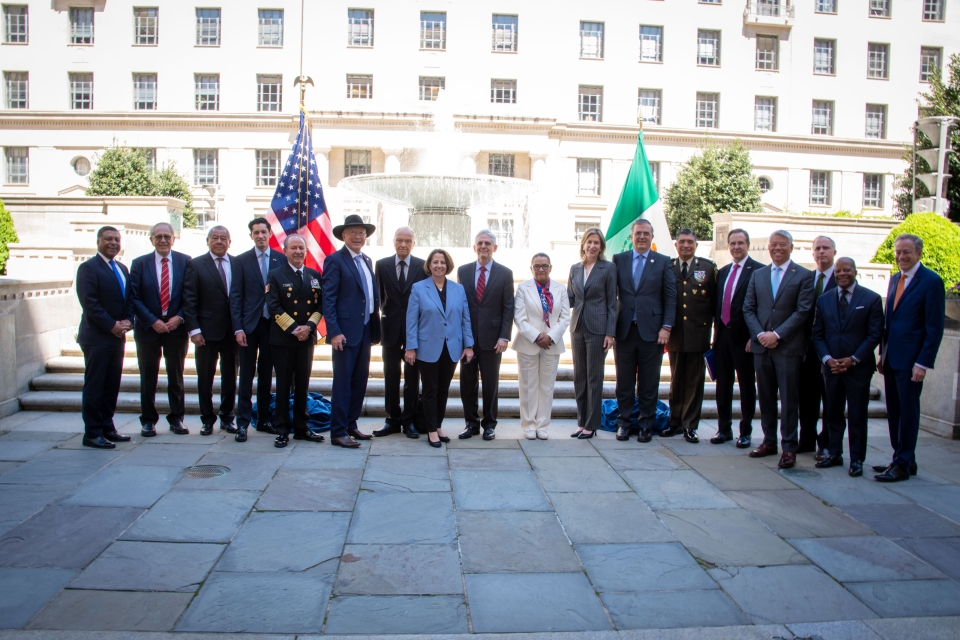
05/29/12 – On May 11, Enrique Peña Nieto, the presidential candidate from the Revolutionary Institutional Party (Partido Revolucionario Institutional, PRI) attended a forum at the Iberoamericana University (Universidad Iberoamericana, Ibero) in Mexico City. A large group of students gathered to rally against Peña Nieto and the anticipated return of his party in the upcoming July presidential elections. The PRI ruled Mexico for more than 70 years before being voted out in 2000 with the election of National Action Party (Partido de Acción Nacional, PAN) candidate Vicente Fox. Peña left the campus as students followed him shouting “Get out!” as shown in a YouTube video that quickly spread through social networks.
After this incident, however, important media outlets such as Televisa and the Mexican Editorial Organization (Organización Editorial Mexicana, OEM) diminished the incident and affirmed that the visit of Peña Nieto to Ibero was a success, as featured in headlines of OEM’s newspapers throughout the country that read, “Success for Peña at the Ibero in spite of planned boycott intent.” Those media outlets, along with members and supporters of the PRI, quickly undermined the dissenting students and their protests, claiming they were “porros” (a name attributed in Mexico to students that organize themselves in violent protest) and “agitators” planted by political rivals, specifically by leftist presidential candidate Andrés Manuel López Obrador. Later, the PRI released a promotional video using footage from his time at Ibero that made Peña Nieto’s visit seem positive.

This attempt to undermine the protests and cover up the students’ dissatisfaction backfired after information surfaced about what really happened on the campus. A group of 131 Ibero students responded to the biased coverage of the event by creating a video that they uploaded to YouTube, in which they recognize their participation in the protest and openly reveal their identities while showing their Ibero ID’s, demonstrating they are students at Ibero and not “porros” or “agitators” as their critics claimed. This cyber response quickly became popular and spread under the slogan #YoSoy132 (I am 132) with thousands of students from different universities, both public and private, showing their solidarity with the 131 students who initially stood up to the media, Peña Nieto, and the PRI.
#YoSoy132 quickly became a national movement with thousands of students from all over Mexico convening to march and demand a democratic and un-manipulated dissemination of information. The protests continued to grow in Mexico and across the globe as Mexicans living abroad united in protest, marched, and voiced their dissatisfaction with the situation via social networks, which has been the catalyst for the formation, organization, and dissemination of the movement’s purpose and intent.

Some have started to refer to the #YoSoy132 movement as the “Mexican Spring,” drawing parallels with the Arab Spring that was born in the social networks, promoted by youth, and that led to the overthrow of various authoritarian regimes in North Africa. However, people inside the movement do not agree with the name because, as they argue, the movement is not a direct protest against the government, but rather one in favor of democratization and strengthened transparency of the media. They also have distanced themselves from a parallel anti-Peña movement, since the #YoSoy132 movement itself is not openly against any candidate, rather in favor of clean and un-manipulated elections. Organizers describe it as a nonpartisan, leaderless movement for real democracy. Despite their peaceful nature, observers have said that its repression could lead to a social revolution. Nevertheless, authorities have respected the movement and the peoples’ right to protest, and even Televisa has given coverage and air time to report on #YoSoy132.
Intellectuals, artists, actors, and public figures throughout Mexico have shown their solidarity with #YoSoy132 through their social networks accounts, joining the protests in person, or publicly featuring slogans in support, like the one seen on a red carpet at the Cannes Film Festival in France, which took place in mid to late May. Messages like, “We are more than 131, I’m 132,” “Long live the students!” or “The true and great change in Mexico began in May 2012 with 131 brave students,” can be read throughout Facebook and Twitter. Even international movements like Occupy Wall Street have shown their support of the so-called “Mexican Spring.”
More information about the movement can be found at the #YoSoy132 website: http://yosoy132.mx/
Sources:
“Éxito de Peña en la Ibero pese a intento orquestado de boicot.” El Sol de Morelia. May 12, 2012.”
“#YoSoy132, lema que une a estudiantes en defensa de la ‘pluralidad’.” CNN México. May 22, 2012.
“Llega a Cannes eco del ‘Yo soy 132’.” La Jornada. May 24, 2012.
“#TodosSomos132: Solidarity With the Mexican Spring.” Occupy Wall Street. May 25, 2012.
“México: cosecha más apoyos el movimiento ‘Yo soy 132’.” Diario Jornada. May 27, 2012.
“Student Movement Dubbed the ‘Mexican Spring’.” The Nation. May 29, 2012.
“Yo soy 132: somos apartidistas pero no apolíticos.” La Jornada Veracruz. May 29, 2012.





Pingback: YoSoy132: Student-led Uprising in Mexico – An interview with Patrick Cuninghame (Professor, Mexico City) « Class War University
Pingback: Patrick Cuninghame on Mexico’s Yo Soy 132 Student Movement | chtodelat news
Pingback: YoSoy132: Student-led Uprising in Mexico – An interview with Patrick Cuninghame (Professor, Mexico City) [reposted from Class War U]] « Free Universe-ity
Pingback: Mexican Spring?
Pingback: What’s the deal with YoSoy132? | People's Assemblies Network
Pingback: YoSoy132: Student-led Uprising in Mexico
Pingback: Peña Nieto claims victory, AMLO refuses to accept defeat « Justice in Mexico
Pingback: Record Number of Minors Detained Provokes Calls for Human Rights Investigation « Justice in Mexico
Pingback: Mexico’s Election: Drug Continuities or Contingencies? By Javier Alvarez-Isasi and Elaine Carey | Points: The Blog of the Alcohol and Drugs History Society